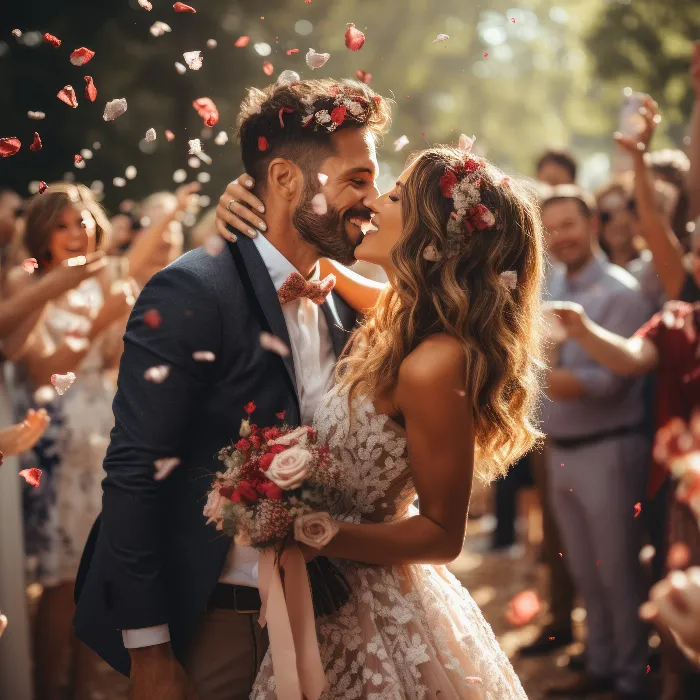Welcome to the world of wedding photography. The following parts await you in this tutorial series:
Part 01: The basics
Part 02: Preparations
Part 03: Equipment and gear
Part 04: Wedding preparations
Part 05: The wedding ceremony (registry office/church etc.)
Part 06: Family and guest photos
Part 07: Celebrations
Part 08: Portraits of the couple
Part 09: Inspiration and choice of location
Part 10: Attention to detail
Part 11: Post-processing/image editing
Part 12: Save the Date/Trash the Dress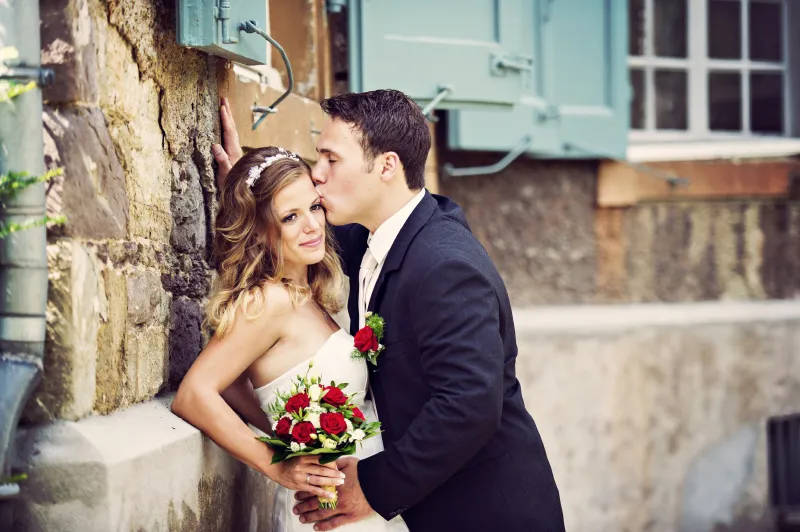
Introduction
Before I turn to the topic of wedding photography and the first part of this series, I would like to say a few words beforehand. First of all, I would like to briefly explain how I got into photography myself.
My name is Nicole Schick and I have had my own photo studio in NRW since 2009. In addition to animal photography (a tutorial series on this is also available on this platform), I also specialize in family and wedding photography. I have to admit that it wasn't me who found wedding photography, but wedding photography found me. It was a bit of a self-runner, so to speak, and I am very proud that I am now able to accompany around 40 couples a year on their big day with my camera. I am mostly on tour in NRW, but also throughout Germany and, from 2014, abroad.
Like many photographers these days, I am self-taught. I have worked out bit by bit what is important for my work. I regularly attend workshops with other photographers and am constantly trying out new things. I'm also still learning at every shoot and trying to break new ground.
You should never lose your ambition and enjoyment of photography. That's the only way a photographer can keep improving and developing. You should never allow yourself to "stand still" in photography. Never fall into a work rut. Even if you have already covered many weddings, always try to do even better, try new things, something you have never dared to do before.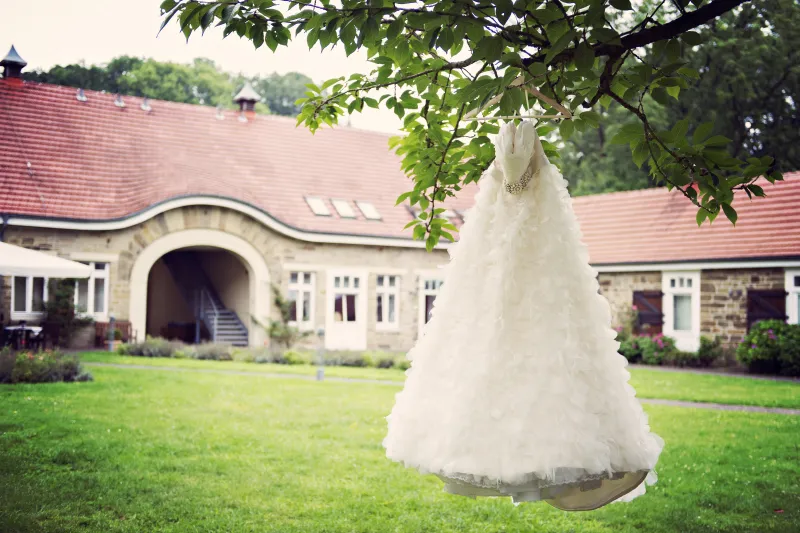
Photography is art and above all it is based on your own taste, your own style and, of course, inspiration. You can't copy a style, you have to find it yourself. That's why my pictures here are not intended to be the basis for your photography, but to give you a little inspiration on how to find your pictures and your own style.
I have deliberately decided not to write a separate tutorial on the topic of "Camera settings", as I would like to describe this topic in each tutorial and also provide you with appropriate assistance for each photo shown and each topic addressed.
You may already be familiar with the topic of the basics of "camera settings", as it can be found in countless tutorials here, which is why I have left it out. Instead, in parts 04 to 08, I have listed further comments on this, specifically related to the respective wedding theme.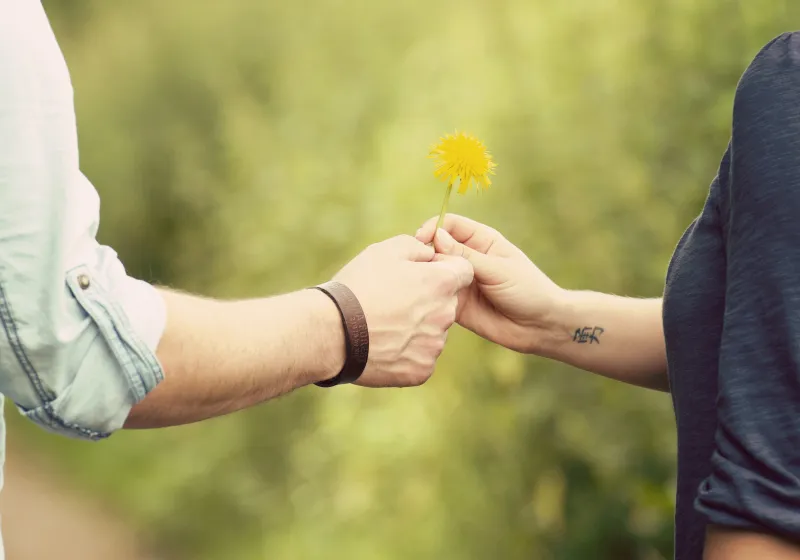
Even if you don't like my photographs and edits - after all, that's always a matter of taste - I can certainly give you a few ideas along the way. That's the most important thing for me when writing a good tutorial.
Your images should speak your language and be recognizable. It doesn't matter whether you like brighter or darker images, whether you want to take lively and spontaneous photos or something more fixed. Your photographs will be your business card and your figurehead. It will appeal to couples who share your taste and that's what matters.
It's the same with image editing. Many prefer natural and completely unedited photographs, while other couples will be more demanding and want their pictures to look "perfect" and may also want them to be heavily edited.
You can develop step by step in all areas and later offer exactly what you like and what will also make your couples happy. You can always make your work easier if you set high standards for yourself during the shoot, so that less work is required later on.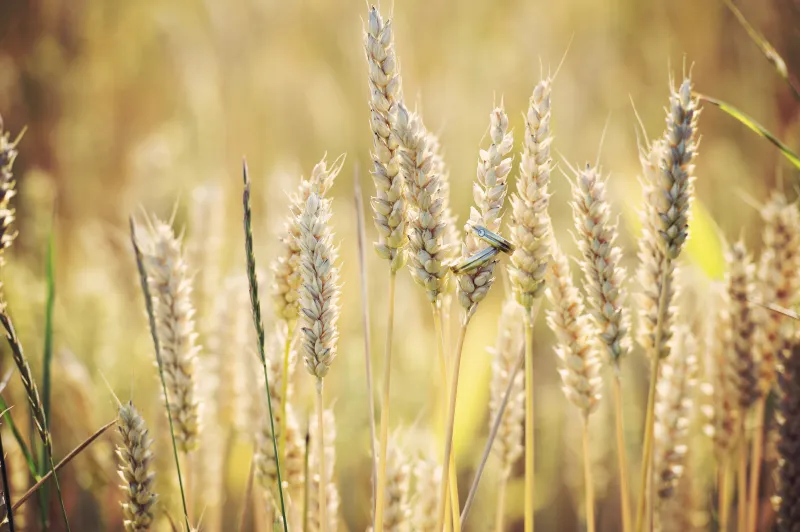
I myself have read an incredible number of books on the subject of wedding photography in recent years and have been inspired by them to break new ground, try out something that I would never have discovered for myself otherwise, or even try things and find that they are not "right" for me personally. It will be the same for you.
Nobody can say: choose aperture XY for this type of photography or ISO XY for this type of weather and lighting conditions. You have to find out what works best for you and familiarize yourself with your camera and your equipment, test yourself and your technique to the limit.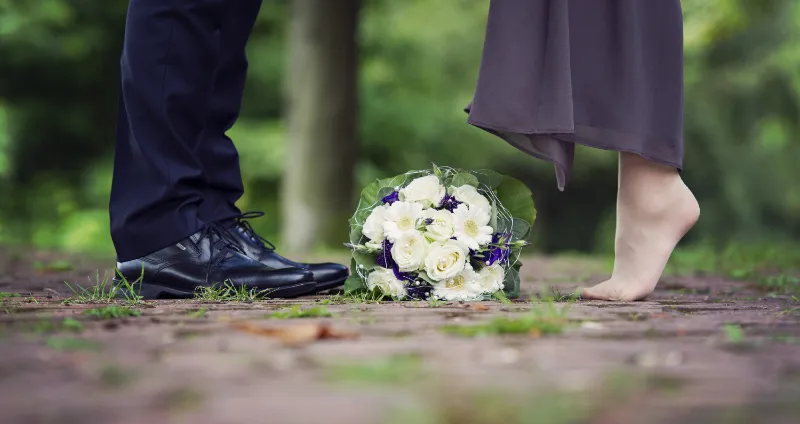
In this Part 01: The Basics, I've broken it down into a few points that you might expect from a basic wedding photography tutorial:
- The nuts and bolts of wedding photography
- What makes a good wedding photographer?
- Do I have the right equipment?
- What is the best way to practice?
- What knowledge should I have?
- What else can I expect in this tutorial series?
Before we deal with the individual points in parts 02 to 12, I have an initial overview for you here in part 01, because you may just be curious as to whether wedding photography would be something for you or whether you would simply like to take the plunge and accompany a bridal couple on their big day.
Or you're already a bit "further along" and hope to gain new knowledge from this tutorial series, in which case you'll find out in this section whether this tutorial series can help you.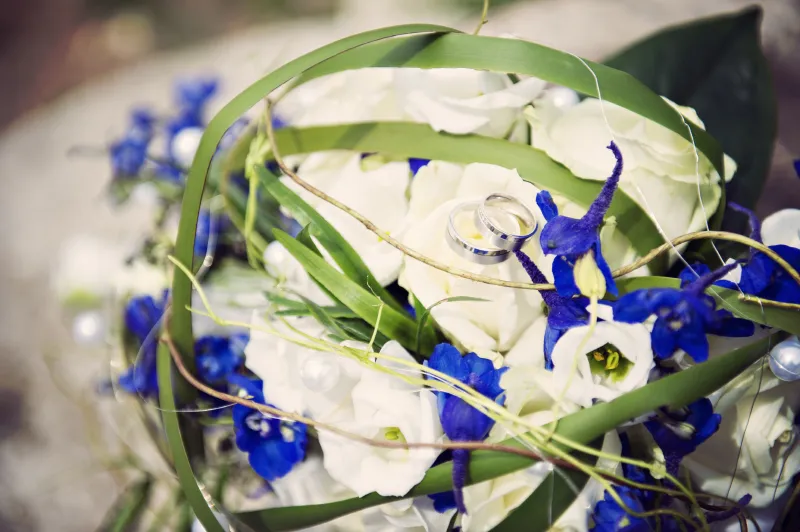
1 The nuts and bolts of wedding photography
Anyone who has already attended a wedding or two will surely agree with me when I say that wedding photography is a challenge. Not because it is more complicated or more difficult than other shoots, but because as a photographer you will be under much more pressure than usual. You are accompanying the most important day in the life of the bride and groom. And even if one or two men will disagree, for us women this day is something very, very special. And yes, sometimes for men too. At best, you only get married once and it is and always will be something very special.
The bride and groom therefore naturally have special requirements and the photographer is increasingly becoming a very important element of the wedding day. Unlike a few years ago, brides and grooms today are prepared to pay a lot of money to have their wedding day captured on photo and video.
The demands for good photographs are becoming ever higher. The photographer should capture unique memories, nothing should go wrong. You will be taking photos that can never be repeated. That alone puts immense pressure on a photographer. And yes, I confess that I slept very badly the nights before my first weddings, got up constantly, checked the equipment again and checked the addresses for the next day and thought of pretty much every possibility that could have gone wrong.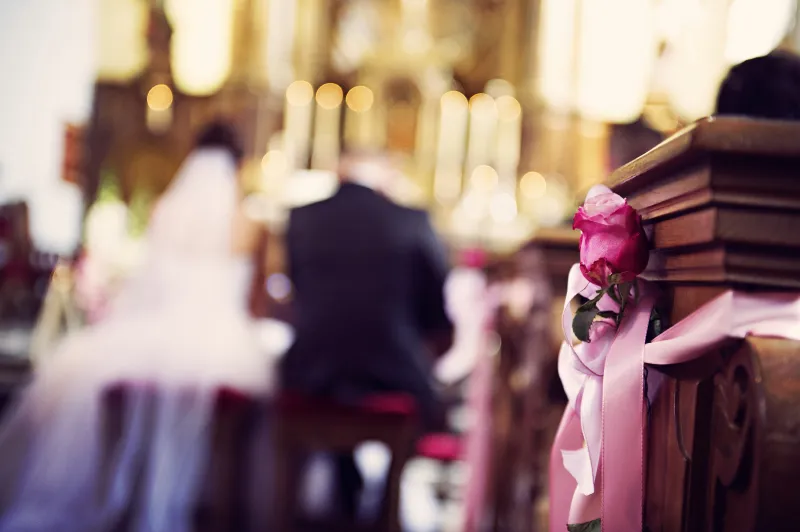
After a few weddings, of course, this excitement subsides, but in the beginning you will also feel this pressure when you attend a wedding and are the only photographer. Of course, as an amateur photographer, the couple won't have as many expectations of you as they would of a professional photographer, who may be paid a small fortune. But perhaps you would like to offer your services for a fee in the future to improve your equipment. In that case, practicing in advance will do you a lot of good and will certainly take the pressure and nervousness off you.
I accompany wedding couples, depending on their wishes, from as little as one hour to over 12 hours on their happy day. I still feel a slight nervousness before very large weddings, because I have to pay a lot more attention and take more equipment with me than for smaller commissions.
I'm always very relieved when I arrive at the location early and without traffic jams. Allowing more time is really worth a lot here. It's better to have a long breather and have a look around the church or registry office than to have to pull your hair out in the traffic chaos because of a lack of time.
Apart from that, I'm now - fortunately - no longer rattled by anything. Pressure and nervousness interfere with your work, so you should be able to take photos as stress-free and calmly as possible. Blend out everything that is unimportant. This is an art that you will find easier and easier with time. The most important thing is that you can concentrate on your work, work purposefully and then reward yourself with good results.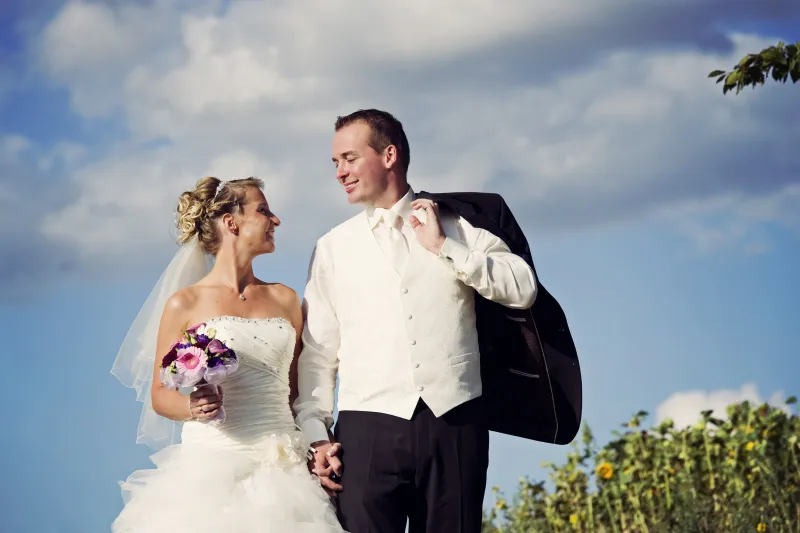
Positive feedback from your bridal couple will not only make you feel better and give you a lot of pleasure, but will also reinforce the fact that wedding photography is the right thing for you. A wedding day is something very special and you have every right to be proud when a bridal couple entrusts you with this task.
2 What makes a good wedding photographer?
After almost 150 weddings (civil and religious), I now know what is really important in wedding photography. What is the reason for this, why you are recommended, why you are praised and what couples really expect from a wedding photographer. On the following pages, I'll show you what really matters.
But what is even more important: how to really become a good wedding photographer yourself. In addition to the beautiful wedding photos, there is much more to your program!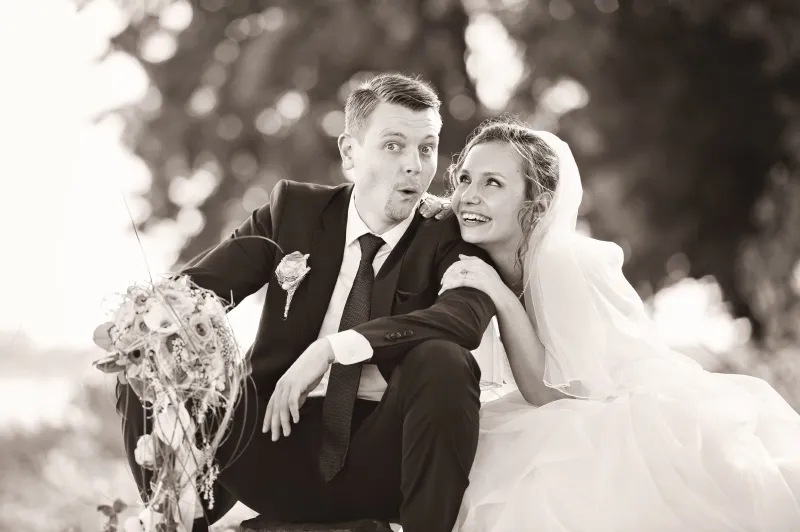
2.1 Have fun with what you do
This is certainly the most important point and the decisive criterion. Because only those who love their work will do it right. You need to have the necessary motivation and patience. So you will quickly find out for yourself whether you like working as a wedding photographer or not.
There will always be things that you like more than others at weddings. That's completely normal. For example, I love the bridal couple reportage. When I have the couple just for myself and can capture them vividly and emotionally with the camera. On the other hand, I'm always happy when the group photos are in the can, because I find this a bit more strenuous than the rest of my work.
If you live for wedding photography and look forward to capturing the most important day for a couple, then wedding photography is just the thing.
Make your couple laugh, infect them with your good humor. Encourage the couple to get active together and sometimes get a bit silly in front of the camera. For example, my beautiful bride in the picture below laughed because I asked the groom to whisper a dirty joke in her ear.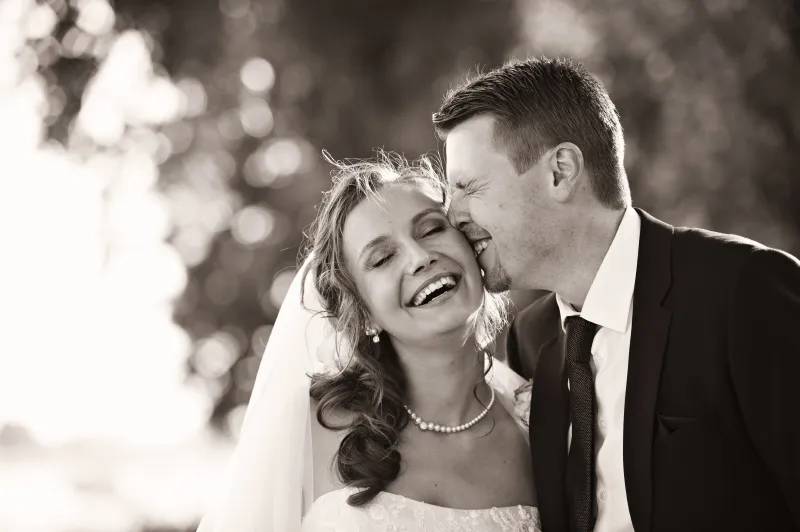
2.2 Always be in a good mood, no matter what!
Anyone who wants to tell me that wedding photography is easy, I have to disagree. Of course there are easy weddings and more difficult ones. It depends on an unspeakable number of factors. What are the circumstances? What is the mood of the guests? Which location has been chosen and what are the lighting conditions like? And, and, and.
You can't help but get emotionally involved, especially with longer accompaniments. That's just the way it is. If the couple is stressed and you don't do anything about it, you will be stressed yourself at some point.
There are weddings where, as a photographer, you are inundated with questions and everyone wants to give advice, every guest wants to contribute their own ideas, the couple's parents ask about the family photos every two minutes and the amateur photographers want to know why you are shooting with this lens or that setting. But you still have to keep an eye on your job!
The trick is not to let this overwhelm you. React calmly and objectively and don't let yourself be led astray.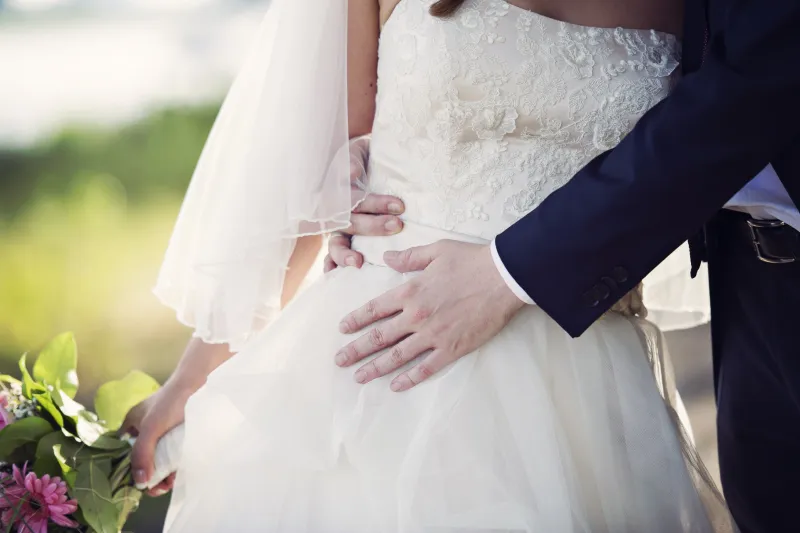
If 120 guests don't want to be in a group photo and everyone wants to realize their own idea of which background is the best for it right now, you have to pull out your elbows and be the boss. But always with a smile on your face. A bad mood and stress are an absolute no-go! No matter what happens. Even if the guests are standing on your feet while you're dancing, you can't feel your arms in the evening and 20 people have already asked you why you're taking photos indoors with a lens hood: don't let it get to you! Love your work and always have the necessary patience. Otherwise you won't enjoy what you're doing. Get up on a chair and celebrate with the dancing guests. Keep any kind of stress away from you.
2.3 Give yourself a jump start!
Anyone who comes into regular contact with weddings professionally could probably become a good wedding planner after attending a certain number of weddings. Why? Because you have been confronted with just about every situation at some point. Because you know exactly where the problems can lie and what can go wrong under certain circumstances. This means that at some point during the initial consultation, you will be able to give your couple a few important tips to make the wedding better and less stressful. Further explanations follow in Part 02: Preparations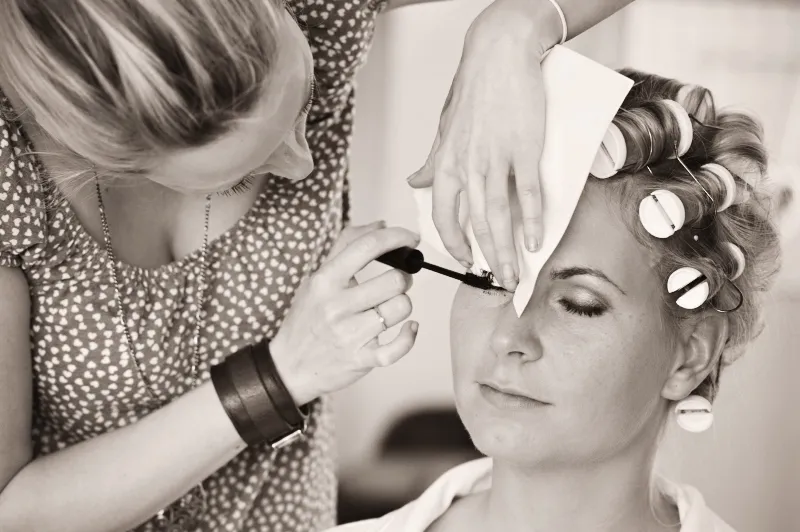
2.4 Be more than just a photographer
A good photographer can sense when the couple is overwhelmed, when the bride is struggling with her emotions or just needs a break. It's hard to imagine the impact on a bride and groom who have planned this day down to the smallest detail for months.
The bride wants everything to be perfect, so rainy weather can spoil her mood. The congratulations and hugs at big celebrations can also be tiring because the bride and groom are always the center of attention. Everyone wants a quick photo with the couple, everyone wants to hand over their lovingly crafted gifts and say a few words, and the family is already pushing because of the schedule.
Then, of course, you are another factor influencing the couple. After all, you have been told what the couple wants from you. This requires tact and sometimes you have to decide that the bride and groom have really had enough and need a break. Simply observe the couple and be there for them. Sometimes as an invisible shield. You know the process better than the bride and groom, who don't even know what's going to happen to them.
Make sure you counteract the stress where you can. On the day of the wedding, coordinate what you can with the best man or parents instead of asking the bride and groom! Keep everything away from the couple that is not necessary. Always be invisible and yet present if something suddenly needs to be photographed and you are asked for.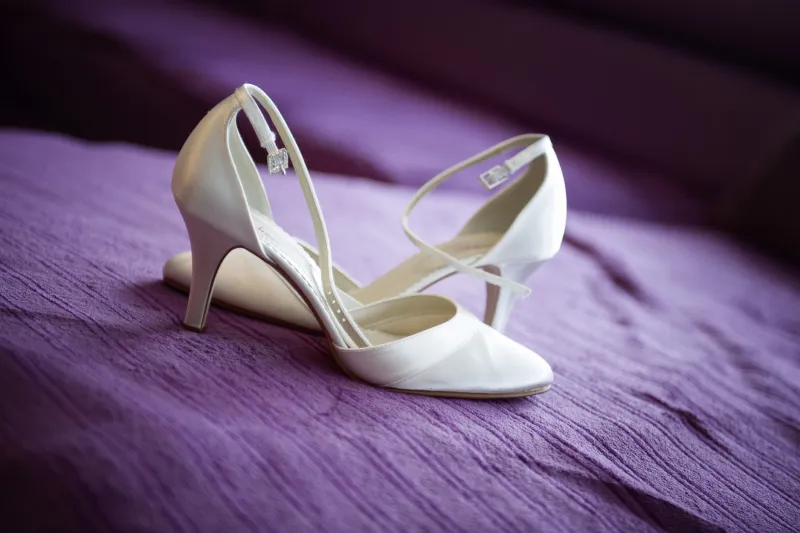
Believe me: as a photographer, you are in a great position to help the bride and groom. I would like to give you a few examples of this, and if you do it yourself, you will see that it works.
A few weeks ago, I arrived at the bride's preparations when it was raining outside. The poor thing was all upset and very sad. I came in beaming with joy and said, "Heyer dear, I brought the sun with me!" I wasn't lying, it was actually getting brighter outside. Then I made sure that she quickly forgot about the weather with a few light-hearted sayings, lots of serious compliments and a few distracting questions.
At another wedding party, a small family argument broke out, which can happen from time to time. I quickly turned my attention to other events and photographed details, becoming invisible, so to speak. When there was a short break, I "kidnapped" the couple in a flash and brought the reportage forward. Then things finally calmed down and the couple could relax.
Be actively involved in what's happening, even if that means you have to put the camera down. You can take gifts when the groomsmen are busy, help adjust the dress or give a sincere smile when you can't do anything else. Then you are the perfect wedding photographer! It all works if you put your heart into it.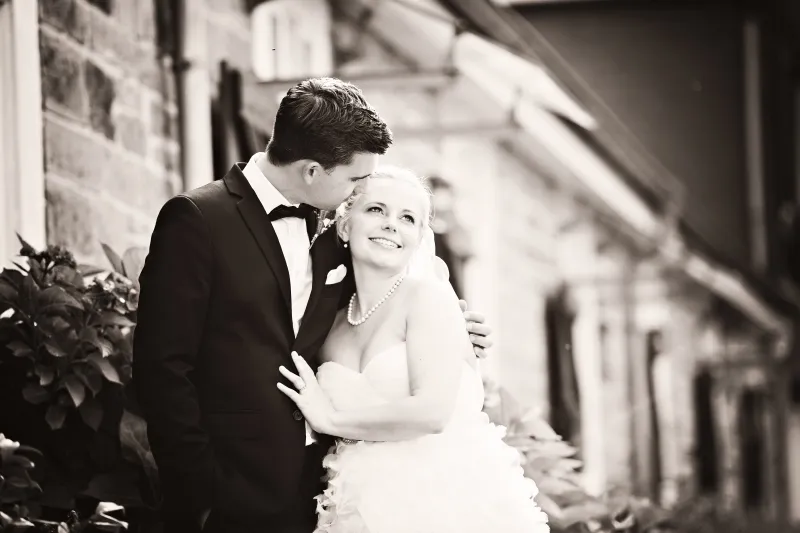
3. do I have the right equipment?
This is certainly a very important point, regardless of whether you want to accompany a wedding as a hobby as a good friend or if you want to do this professionally soon. Unlike with some other photography topics, you will need somewhat more extensive starting equipment here.
First and foremost, of course, it is advantageous to have fast equipment, especially if you want to take photographs in the church without a flash. Nowadays, the general trend is more and more towards non-flash photography in churches, which means accepting a higher ISO and relying a lot on black and white processing.
Personally, I have found a certain ISO pain threshold for myself, which will certainly be significantly higher with my camera than with a smaller camera, where you have to live with slightly higher noise even at lower ISO numbers.
Here, too, we come back to the taste of each individual photographer. One person likes it exclusively natural and without flash, while the next will always prefer to use a clip-on flash or even a second tripod flash indoors in low light.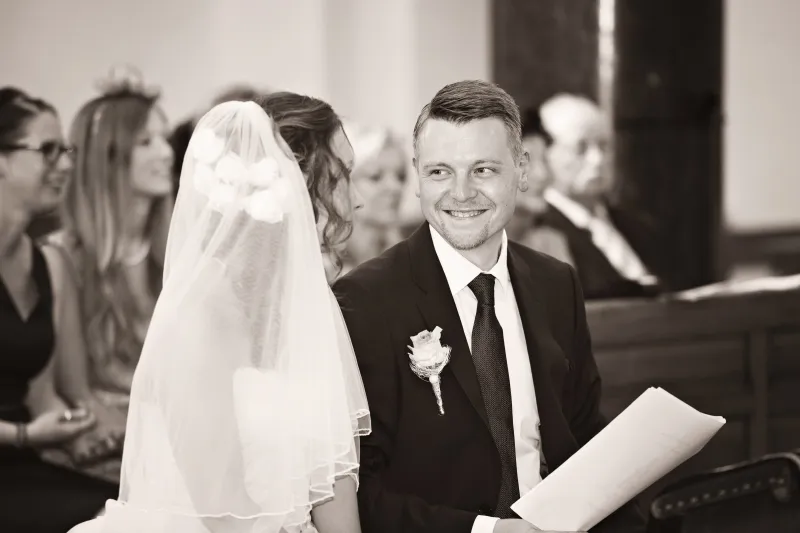
If you have a camera that produces a lot of noise even at low ISO values and you are quickly dissatisfied with the quality of the photos, you may prefer to make friends with the clip-on flash at first. This also gives you the security of being able to choose slightly higher shutter speeds and a larger Blender. This way you don't run the risk of motion blur or even photographing a "blurred" bride. Again, I can only recommend practice.
I will cover all of these points in detail in Part 03: Equipment and gear. In general, you should have as good an SLR camera as possible that is also forgiving of a higher ISO and, ideally, even a spare camera and two lenses that cover suitable focal length ranges. If your budget is not so high and your current equipment still has to suffice, then you should get the best out of this equipment!
I shoot weddings with my Nikon D3 and a Nikon 24-70mm as well as a Nikon 70-200mm (both f2.8) - these are actually the classic lenses for weddings. I also have a 105mm macro lens, which I like to use for detail shots and beauty portraits, and a fisheye for playful couple, location or group photos, if the couples want them. You will certainly need a medium for data backup and perhaps a memory card or two. If you don't already have one, make sure you have a second battery.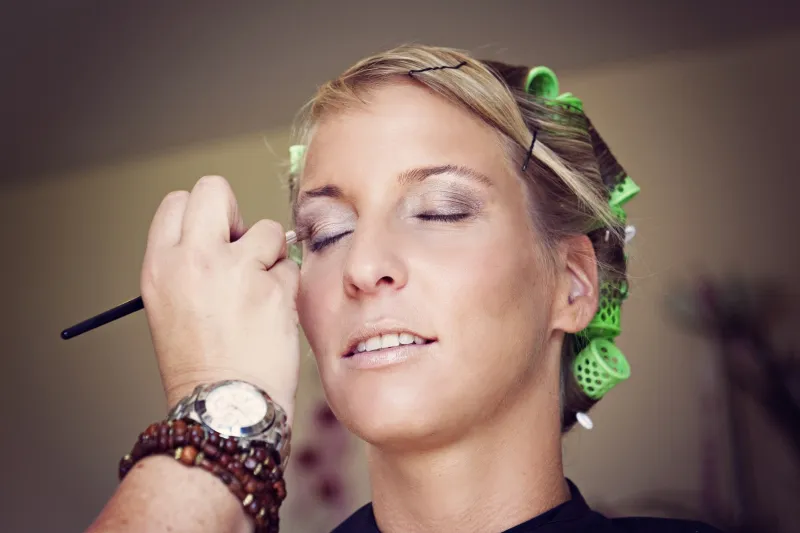
4. what is the best way to practise?
If you are still wondering what is important for a wedding photographer and whether this is the right job for you, then it is best to get a taste of the world of wedding photography.
The best way to do this is perhaps to photograph a wedding in your circle of acquaintances, which may even be accompanied by a professional photographer. That's how I was able to "get a taste" of a wedding for the first time. This takes all the pressure off you, because nobody expects you to achieve perfect results and the couple will be particularly pleased with every beautiful photo you take.
This also allows you to observe the wedding process closely and practise a little. You can look over the professional photographer's shoulder, see how he positions himself to take the perfect picture and how he does his job.
If you are asked by friends whether you would like to take on the job as a single photographer, then dare to take on this task too. Some couples don't have that much money to spend on a photographer and maybe you can get a small tip and gain some experience in return. Now you can even direct and give instructions. You are the boss and can let off steam. Take the pressure off yourself and look forward to your first wedding. No one will expect too much of you here, don't worry.
Don't know anyone who wants to get married right now? But you really want to practise a little? There are countless couples who would like to slip into their wedding outfit again. That's why I even offer wedding revival shoots!
Just ask a few friends and acquaintances and if you still can't find what you're looking for, then it'll just have to be a normal couple shoot. Just recreate it a bit, take photos in a church and practise with your equipment.
This tutorial series should give you some ideas that you can use for this. You're sure to inspire lots of people with a few couple photos. You'll learn how best to guide your couple and how to set the scene for two people together.
Here I have brought you a few photographs from a couple shoot. Incidentally, the couple also celebrated their big day this year. Perhaps you recognized them from one of the pictures above? Vanessa and Claus are a very, very natural couple, they love to laugh and are both very photogenic. This makes them a good basis for a few practice photos.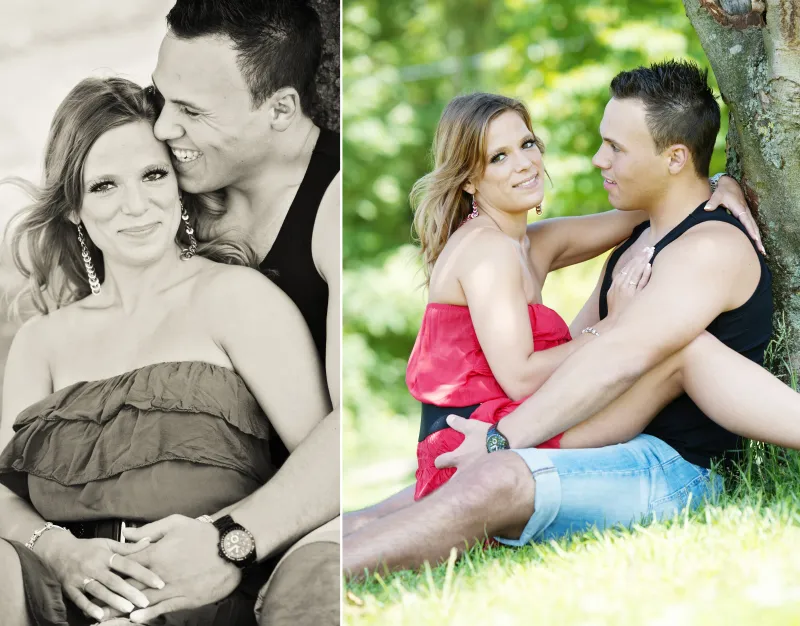
A couple shoot can contain all the elements that you would choose for a bridal couple. It can be romantic, it can be lively. Unusual, modern and yes, a little classic too, please. You will meet couples who specifically want one or the other for their pictures and therefore you need to be competent in all these areas.
Good guidance and, above all, communication between the couple is incredibly important. You learn this through practice. Just let your couple interact with each other. Provide assistance if necessary, but also let them develop ideas together. The result will be more natural afterwards. They embody themselves. And that's what matters in the end.
I rarely take "posed" photos and am reluctant to do so. Your models in front of the camera will also prefer to move freely rather than having to pose firmly. Try it out! Ask your couple how it felt to be photographed by you. What they liked or what they would have liked differently. You will learn from this.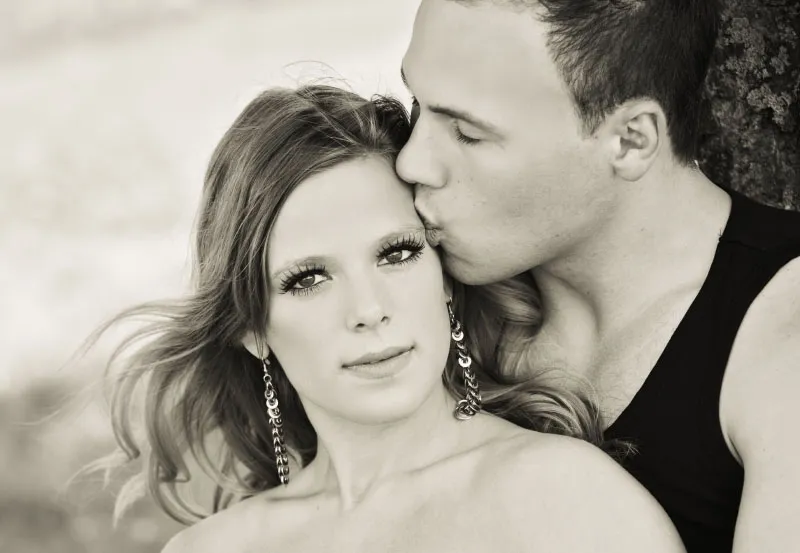
Of course, it's easier if you start out by choosing people who are good and enjoy being photographed, who are natural and like to laugh. In the beginning, this will quickly bring you confirming results.
Later on, the challenge will be to photograph people who are very reluctant to be photographed in such a way that they feel comfortable in front of the camera, because that is what they will radiate.
If you would like to find out more about the right instructions for a photo shoot, I recommend Part 08: Taking portraits of the couple. Here I will explain in detail how you can guide and go through a couple or bridal couple shoot.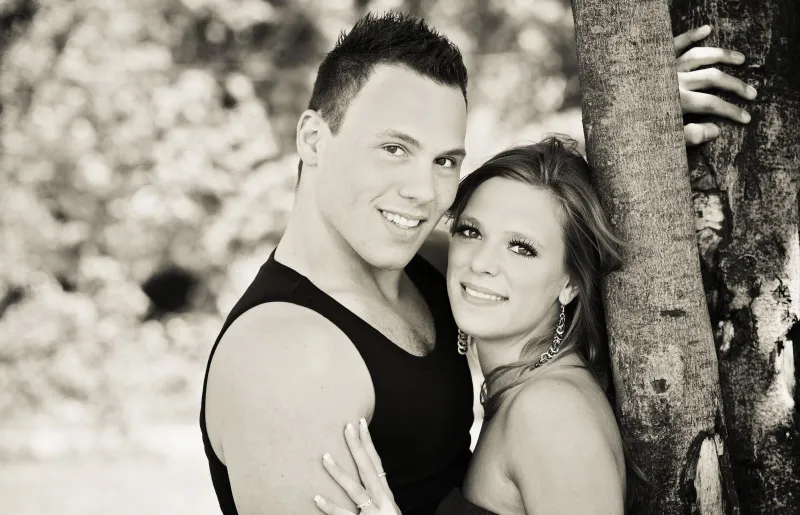
5 What knowledge should you have?
In general, you can dive into wedding photography from any starting point. You will certainly have to practise at the beginning, but nobody can do that for you. Of course, this doesn't mean that you can buy an SLR tomorrow and start offering professional wedding photos on a website the day after tomorrow. Everything step by step.
If you rush things, you probably won't be able to cope with the pressure. As described, weddings are not easily repeatable and you shouldn't take the fun out of wedding photography by demanding something of yourself that you can't yet fulfill.
You certainly have to be born to be a wedding photographer. It has to be fun! People will feel that! Many of my self-employed colleagues have found out for themselves whether they want to accompany weddings or not. Some no longer do anything else, others have chosen a different focus.
Before you attend a wedding as a hobby photographer or friend of the couple, you should already have experience with people in front of the camera. If you are completely new to the world of wedding photography, it doesn't hurt to familiarize yourself with ISO, Blender and exposure times beforehand.
Ideally, you should even be able to operate your camera manually. You should be experienced in taking photos with a flash. At weddings, I always shoot in manual mode, although in certain situations it doesn't hurt to choose semi-automatic. We will come back to this in detail in the following parts.
You should already have experience in all the things that a wedding will demand of you: photographing in poor lighting conditions (e.g. in church), adjusting your camera quickly in constantly changing subject and lighting conditions, sufficient depth of field for group photos, guiding your couple in portrait photos.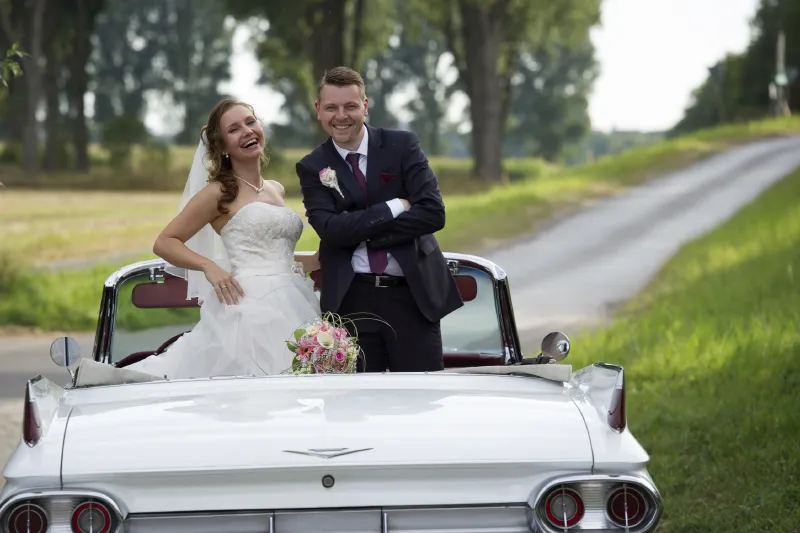
If you already have enough experience in these areas, you are ready to tackle your first wedding. I wish you lots of fun with this already.
Otherwise, practicing will give you just as much pleasure. Get to know your equipment and try it out a little. Invite friends and acquaintances to a test shoot in the sun, in the rain, outdoors or at home and go for it. When you are ready to accompany weddings, the other parts of this tutorial series will certainly be of great help to you.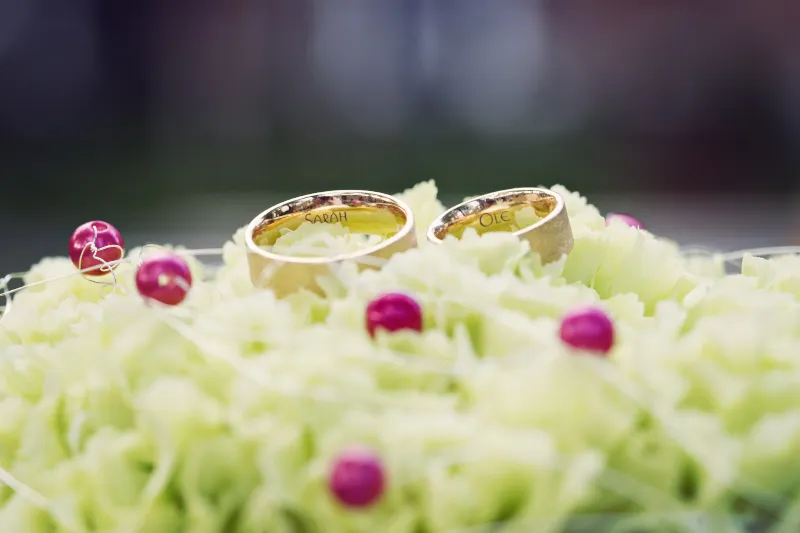
6 What else can I expect in this tutorial series?
For those who are curious, I have listed the next parts here and briefly outlined what the focus of each part will be. This way you can find out where there is still a need for information and which parts are of particular interest to you.
Part 02: Preparations
In this tutorial, we will go through in detail what preparations should be made, what is important for a preliminary discussion with the bridal couple and what points you should clarify in advance. We will then pack our photo bag together for the bride and groom's big day. So that you can always play it safe in advance.
Part 03: Equipment and gear
In this part, I would like to introduce you to the equipment of a wedding photographer and give you some suggestions on what might be useful for those on a budget. I'll also introduce you to my own equipment and give you some suggestions on what you might want to save on in the future.
Part 04: Wedding preparations
We accompany a bridal couple during the exciting preparations for their big day, a very emotional and intimate affair. There are a few points to bear in mind here, something your camera shouldn't miss under any circumstances and, of course, some ideas on camera settings and image composition
Part 05: The wedding ceremony (registry office / church etc.)
How does a civil wedding ceremony work? How does a church wedding ceremony work? What must be recorded and what must be observed? We also cover other wedding ceremonies, such as the free wedding ceremony. How do I take photos in dark churches? How do I behave correctly as a photographer?
We go through the course of a wedding ceremony in detail and use pictures to explain the correct camera settings and how to photograph with and without flash.
Part 06: Family and guest photos
You already know this? The grown-ups at the back, the little ones at the front and then "cheesecake"? I'll show you how to take classic or modern family and guest photos and what you should look out for.
Part 07: Celebrations
Everything to do with the wedding reception is covered here. Congratulations, gifts, parties and dancing, games, snapshots and all the trappings of a wedding. Here I have put together some pictures for you and explain the biggest problems that may arise and how you can overcome them.
Part 08: Portrait shots of the couple
My favorite topic! This tutorial will explain in detail how you can properly stage a bridal couple. Classic, romantic, modern, playful ... I will use pictures to show you how to choose the right location, the right light and of course many different poses and how you can implement them. I will also explain exactly how I approach and realize a couple reportage.
Part 09: Inspiration and location selection
Are you still lacking the "right" view of how to properly stage a bridal couple or a little inspiration? Your bridal couple asks you to choose a location for the couple's photos, but you're not quite sure yet what might be suitable?
In this tutorial, I'll explain what you should look out for when making your choice and show you the best way to go about it. I've also put together some beautiful accessories that can make your couple reportage even more versatile.
Part 10: Attention to detail
A wedding isn't just about the preparations, ceremony, guest photos and couple photos. You need to train your eye for detail and I'll give you a few suggestions for this. Sometimes less is more and sometimes attention to detail is what makes a bride's heart beat faster. Here I give you some suggestions and image motifs.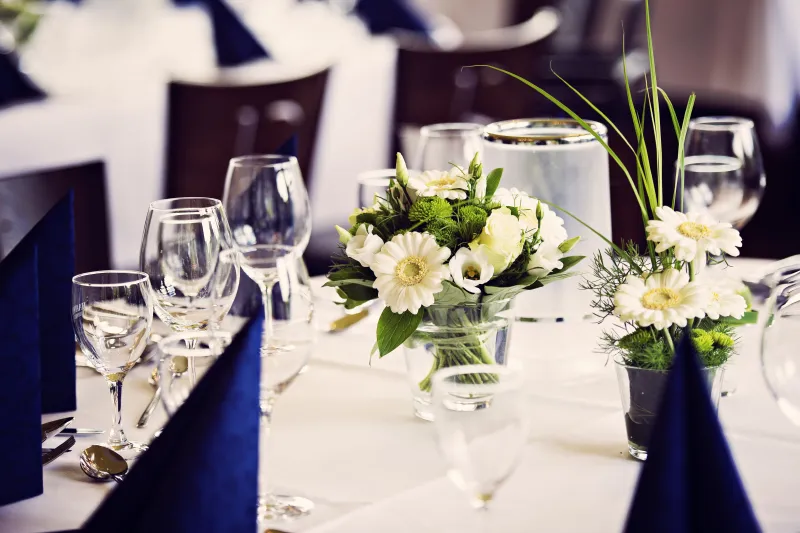
Part 11: Post-processing / image editing
We have captured our wedding in pictures and of course backed them up and transferred them to the PC. Now comes the real part of the work: viewing, sorting and image editing management. I'll go through the exact process and show you some editing options using Bridge and Photoshop.
Part 12: Save the Date & Trash the Dress
The "Save the Date" and the subsequent "Trash the Dress Shoot" are becoming increasingly popular. This trend is also becoming increasingly popular here, which is why I have included it in this tutorial series so that you can gather some more ideas. Let's go!
I hope you enjoyed the first part of this tutorial series and that you may have received one or two answers. And, of course, that you have become curious about the other parts. Thank you very much for your interest and I would be delighted to receive suggestions and criticism so that I can continue the tutorial series according to your wishes.
My special thanks go to the bridal couples who have allowed me to publish their pictures in this tutorial series and thus pass on a little of my wedding knowledge to you.
Until the next part!
Nicole Schick
